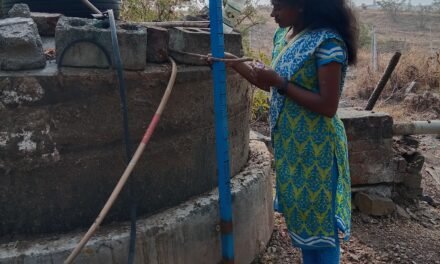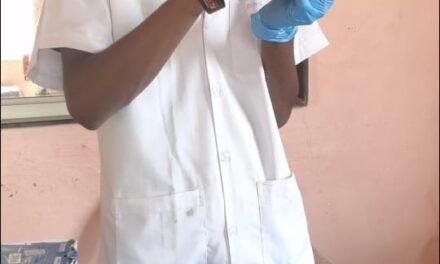Practicle no.1:- Safety and Precaution
Motive:- To raise awareness for Electrical Safety.
Electric Safety:-
- Safier Method
- Sylvester Method
- CPR Method
- Mouth to Mouth resuscitation
Importance of Safety:-
- all electric jobs should be done by executed by expeirienced indivisuals.
- We shouldnt work on live circuit.Rubber gloves should be used if required
- While working on ladder make sure the ladder is on the ground/ have a helper to hold the ladder
- use ISI marked acessories.
- Shutoff all the swicthes before changing a fuse.
- While using electric equipment avoid usage of water.
- Dont use open wire.
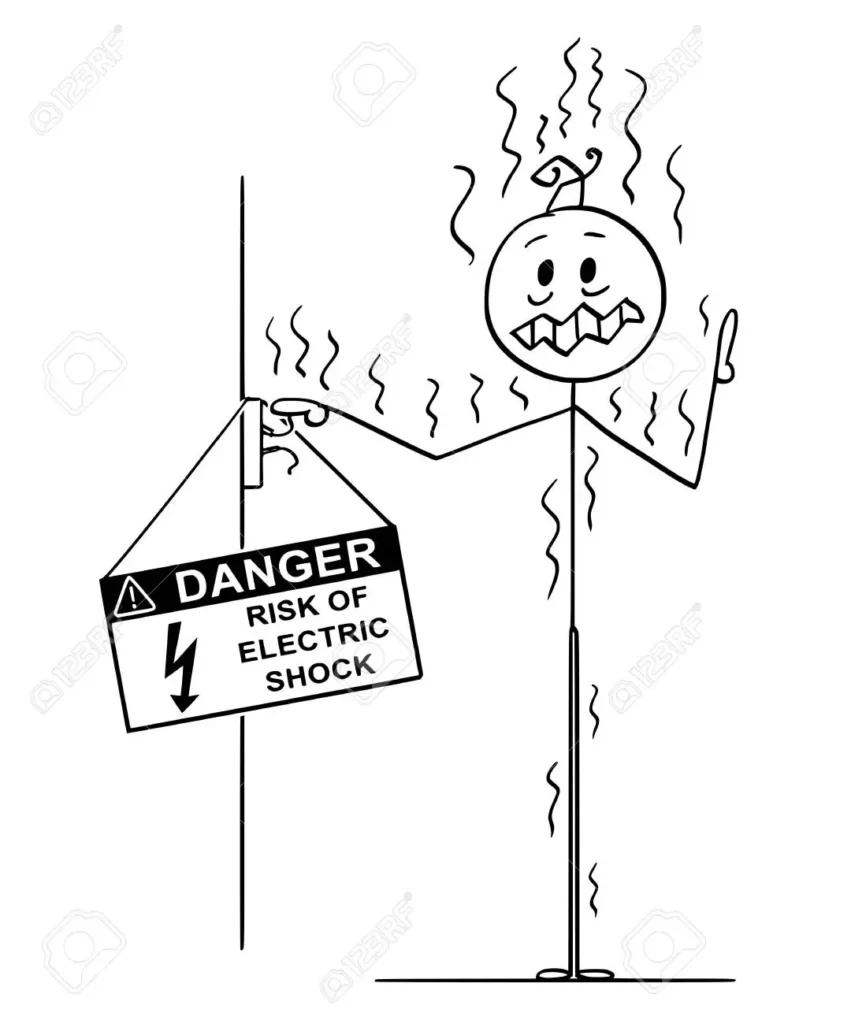
Reasons for Electric shock:-
- Exposure to live wire.
- Lack of Earthing
- Exposure to wires of different polarity.
Post exposure to Electric shock, how can we help a Indivisual?
Do`s:-
Immediately turnoff the Main supplyof that area.
loosen the indivisuals clothes
Sprinkle some water on he indivisuals face
Don`ts:-
The indivisual shouldnt be laid on the floor
We shouldn`t leave the wounds open, if any.
Can Electricity cause Fire?
Shot wiring
Loose wiring
Over loading
(In such cases we should call Fire Brigade as an Safety measure.)
Us doinng a Practicle on resuscitation:-

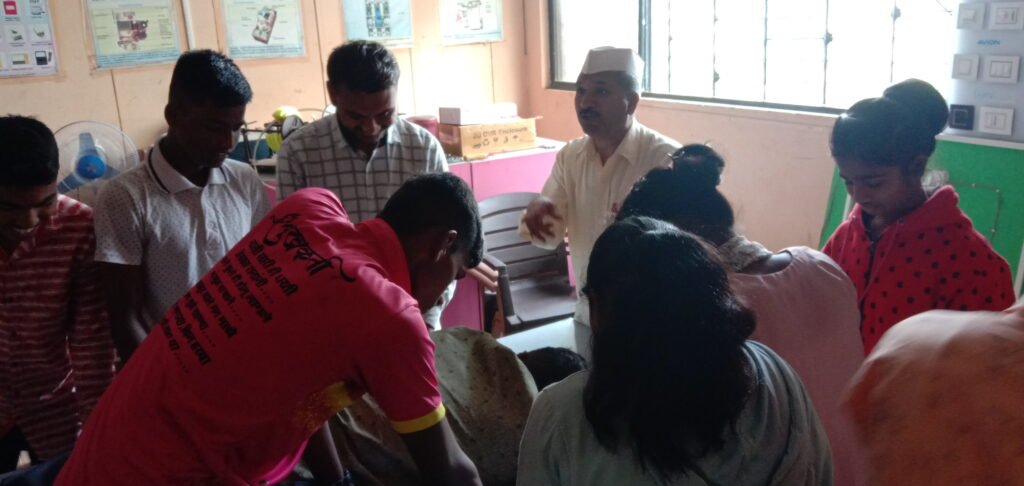
Practicle No 2:- Rain Guage
Motive:- Being able to calculate average rainfall in our vicinity
What is a Rain Guage?
A Rain Guage is an Instrument used by Meteorologists and Hydrologists to gather and measure the amount of liquid precipitation over a predifined area, over a period of time. It is used to measure exact depth of precipitation (usually in mm) that occurs over a
unit area thus measuring rainfall amount.

Us understanding the Functioning of Rain Guage

Formulae for calculating Rain:-
Rain= Rain water x 10mm
Diametre of the Funnel
Eg:- 3.14 x 4 x 4
50.24
Water= 113ml
1m3 = 1000 litre 1ml= 1cm3
= 113cm3
50.24
= 2.24 mm
Practicle No 3:- Grey Water
What is Grey Water Management?
Grey Water is generally waste water from Showers, Baths, Basins and Washing machines, the process of Grey Water Filtration in general means Filteration of this water and reusing it, we can filter this water and use it for various things
The process works according to the diagrams shown below:-

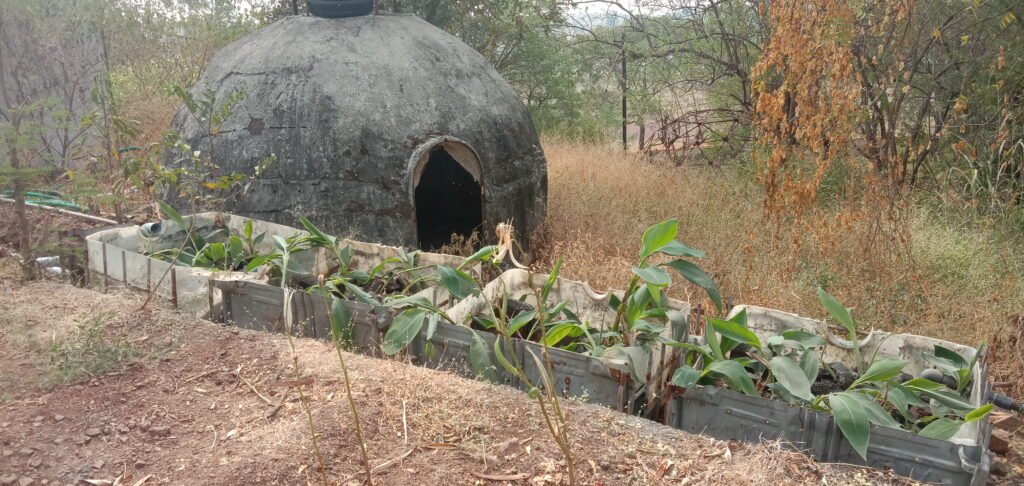

Benefits of planting such plants:-
what can we plant for purification of water?
- Indian Shot/ African Arrowroot
- Jalparni
- Azolla
Practicle no 4:-Wire Guage
what is a Wire Guage?
Wire Guage is measurment of wire diametre, This helps determine the amount of electricity the wire can carry, guage of a wire determines wire thickness. Each guage is represented by a number.
To perform this practicle we need:- Wire, Wire Guage.
- First take a wire, remove its insulation
- Take the Wire, and insert it in the wire guage
- If the wire fits perfectly then that should be the guage.
Eg:- 1/ 32= one wire 32mm
20/34 = 20 wire 34mm
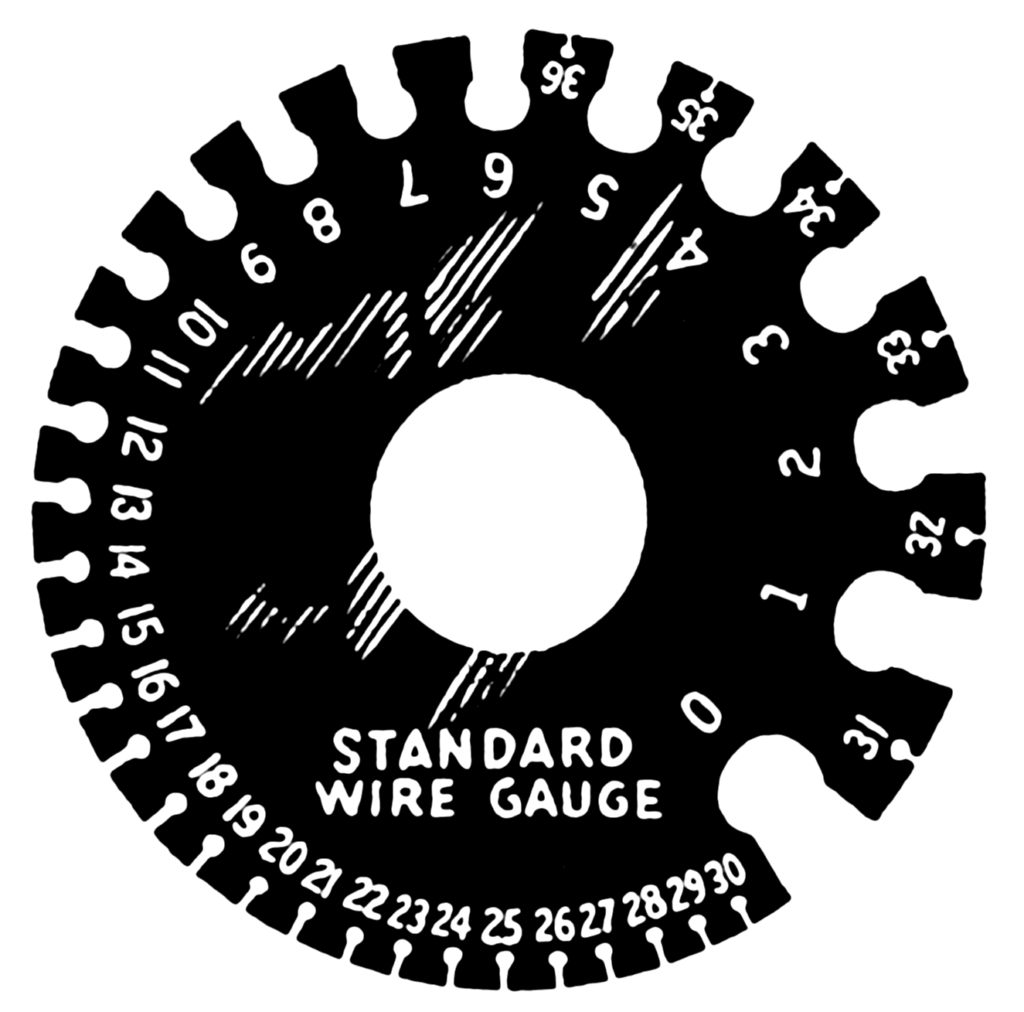
Practicle No5 :- Biogas
What is Biogas?
Biogas is Renewable Feul produced by breakdown of organic matter such as food scraps and animal waste.
What sort of Waste can be used to produced Biogas?
A wide variertyof waste material breaks down into biogas, including animal manure, muncipal rubbish or waste, plant material, food waste or sewage
What can be uses be of biogas?
As a replacement of natural gas- if Biogas is cleaned up and upgraged to natural gas standard, its then known as Biomethane and can be used similar way to methane, this can include cooking and heating.
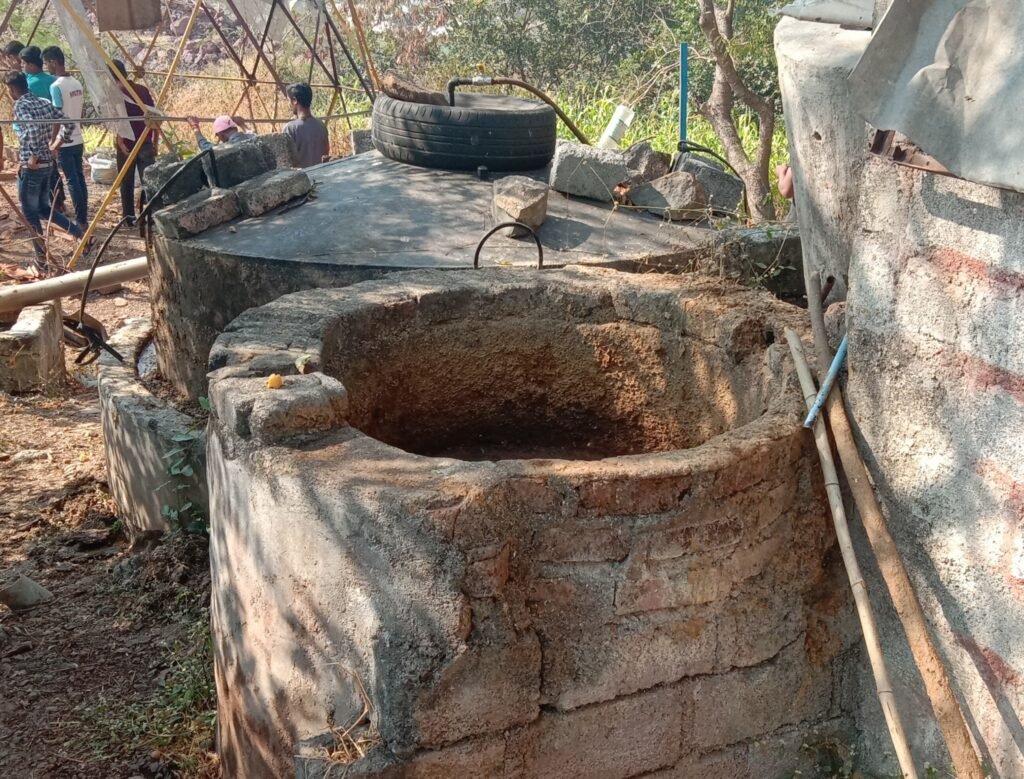
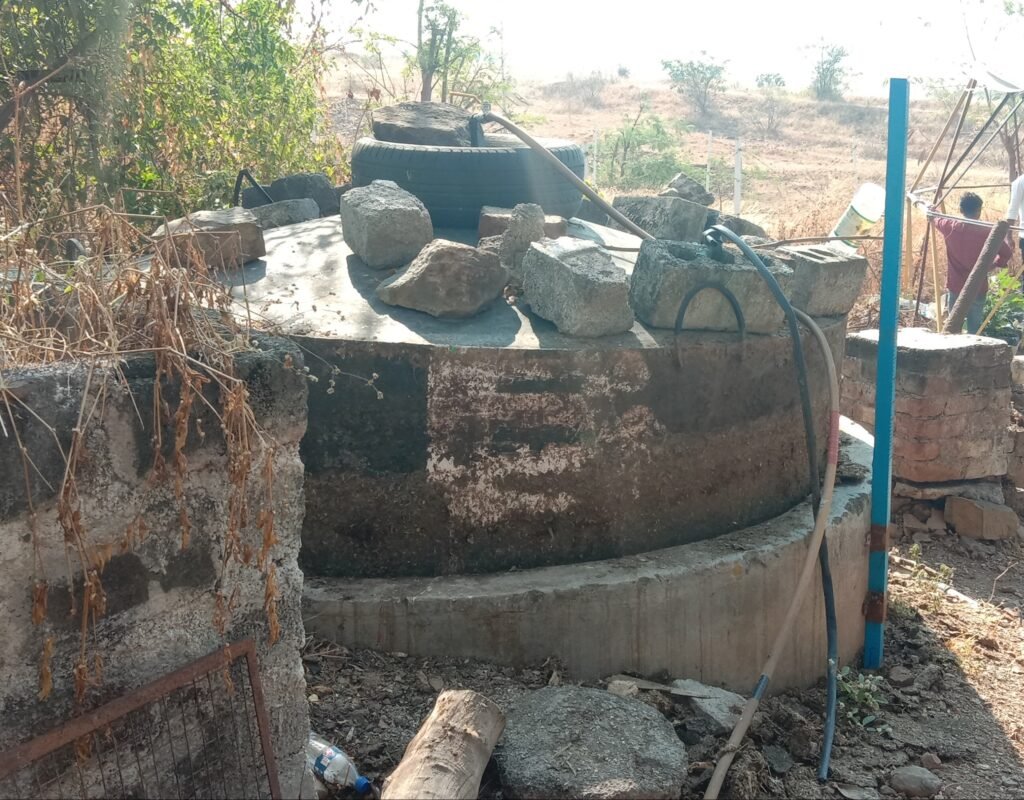
Practicle No 7:- Connecting Plug Pin Top
Motive:- Learning to connect Plug Pin Top
Learn to wire a board
Steps :- 1) First take a Red and Black wire.
2) Strip the wire insulation.
3)Open the plug pin topthere are 3 Terminals in the Plug pin top
- Phase R wire
- Erthing wire
- Nuetral B wire
- Connect the phase R wire
- Connect the Negative B wire and for Earthing Green wire
- This is how we should connect Plug pin Top.
Practicle No 8 Measuring the batteries water level
Motive:- Checking Batteries Gravity, Learning how do Battery Maintainence
Instruments:- Battery,Hydrometre,Coin
Steps:- 1) Firstly check Batteries level.
2) The Battery which has less level add water in that.
3) A battery has 6 cells and contains 12 Watt Battery
4) Within these 6 cells,remove the cap of one cell, and with the help of the Hydrometre measure the density of the battery
Who invented Battery?
In the year 1800s a Scientist named Volta invented the first Battery.
Battery Types:-
- Dry cell:- used in torch, Tape recorder, clock.
- Rechargeable batteries:- used in Mobile phones
- Lithium ion Batteries
- Lead acid
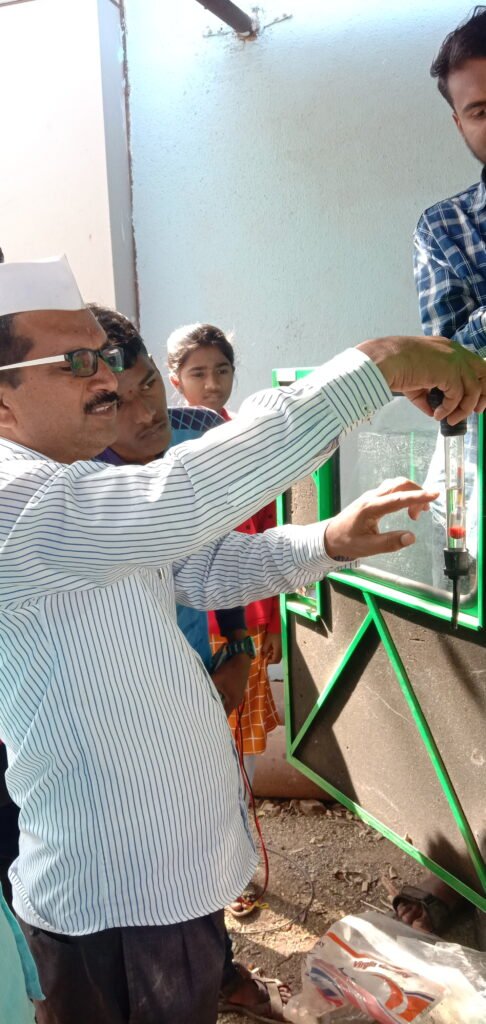
Practicle No.8 Checking Cells and Batteries Voltage
Motive:- checking cells Voltage
Instruments :- 6v,4v batteries,cell, notebook pen
Steps:- 1) First take a completely Drained battery
2) It has Plus and Minus Terminals
3) Connect the multimetrees wire to the terminals and check the wattage.
4) And checked the cells voltage as well, the same way.
Sequence:- it contains nickle ocxide
It also contains solution of KOH
The voltage is 1.4
Lead Acid Battery:- Mixture of H2 S04
found by:- Gaston Plante in 1860
Battery:- Pb02 + – lead dioxide
Pb – lead
H2S04 – Surface acid
cell – 6
1 cell Voltage – 2 volt
Practicle No 9 Pressure Stove and Wick stove
Motive:- To Understand how Pressure Stove and wick stove works
- Wick Stove:- In this Stove the oil gets sucked through the wick, this stove dosent reqiure oxygen to function
Pressure Stove:- Tank pump, Burner, are important parts in a stove, Kerosene can be used while lighting the stove and to heat
Steps:- While lighting up the Stove, heat the burner


Practicle No 10 Level Tube
Motive:- To understand how Level tube works.
Instruments:- Level tube, water, marker
Steps:- 1.

